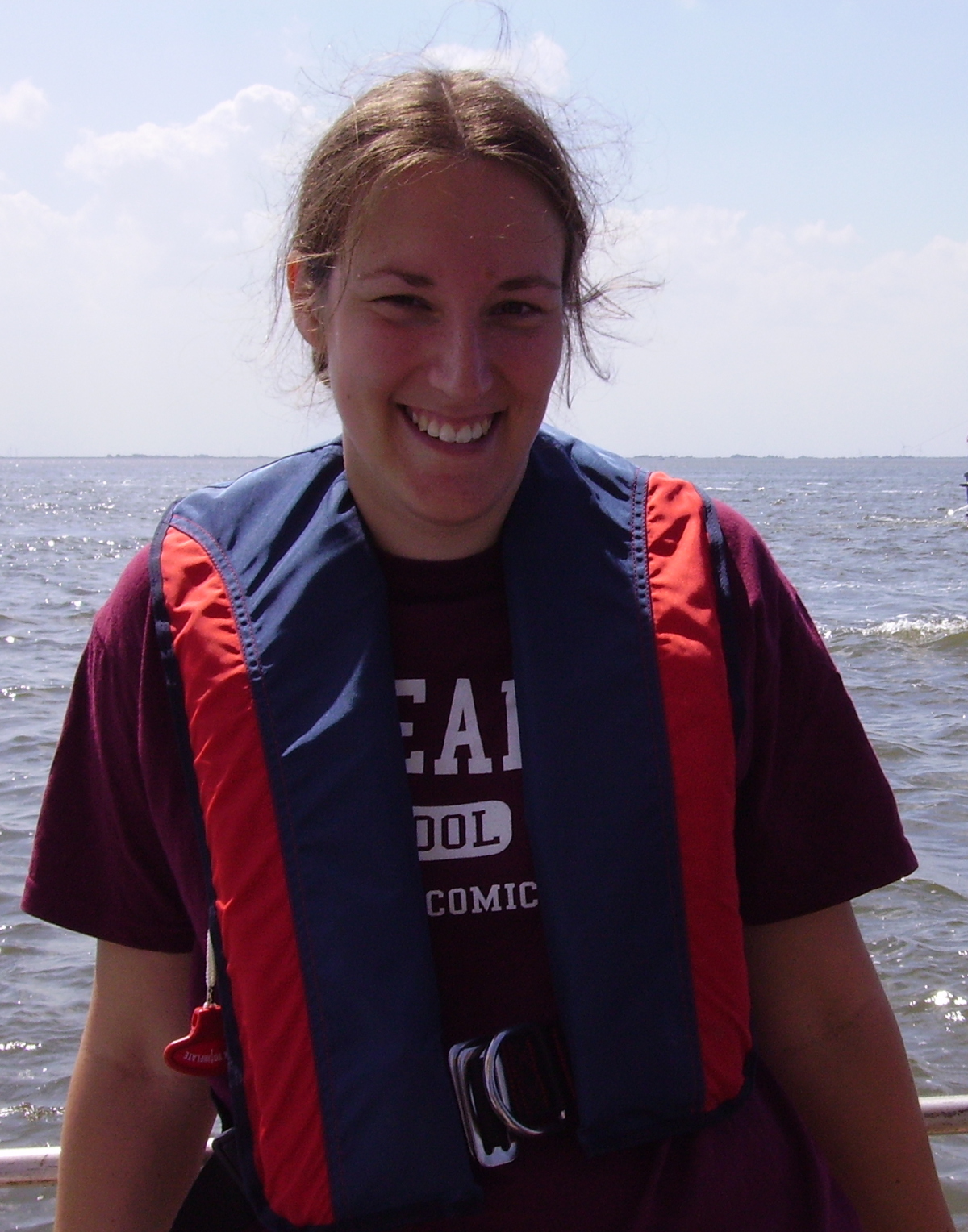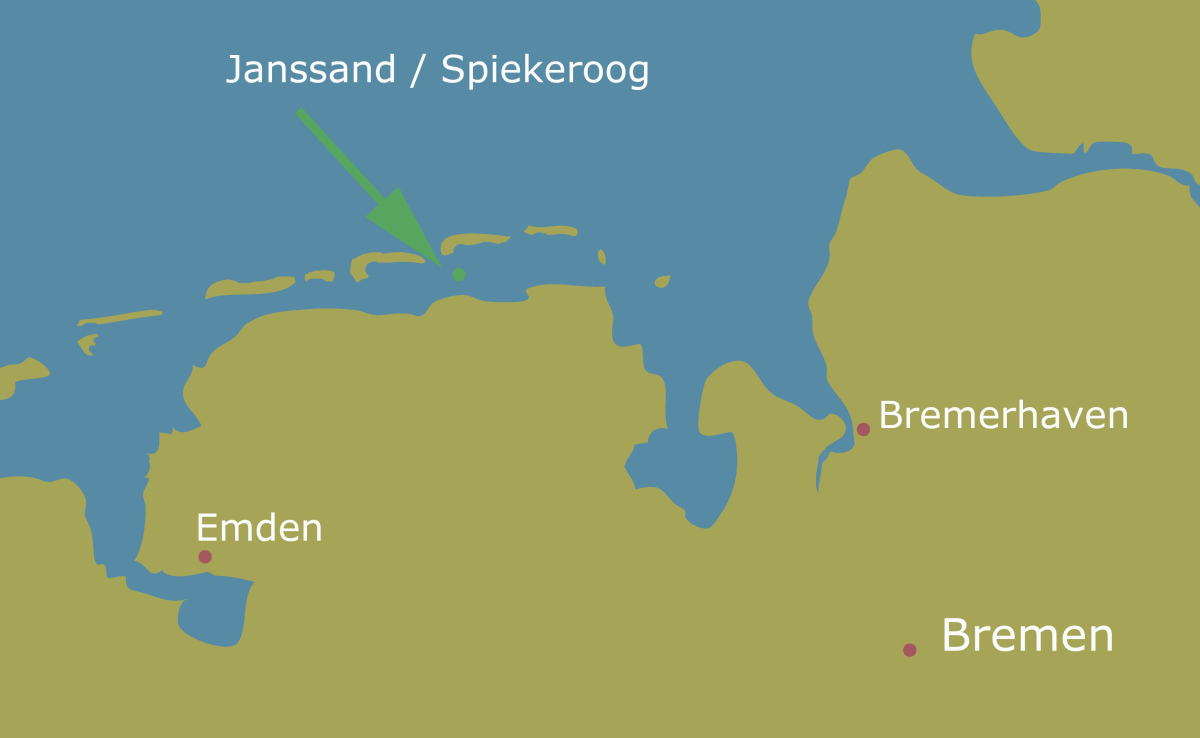Page path:
- Press Office
- Press releases 2014
- 07.08.2014 Microbes and Nitrate
07.08.2014 Microbes and Nitrate
How microbes deal with nitrate.
New Science study could help to improve fertilizers and reduce greenhouse gasses.
The impact of human civilisation on the global carbon cycle and its consequences are well known. Other important processes are generally not in the focus of the public: the massive input of nitrogenous compounds by humans. Now an international team of scientists unveiled the key parameters which decide if the compounds stay in a bioavailable form or if they escape into the atmosphere as inactive nitrogen gas.
Global nitrogen budget is changed dramatically
To convert nitrogen gas into fertilizers is possible since the beginning of the 20th century with the advent of the Haber Bosch process. Before, bioavailable nitrogen compounds originated only from nitrogen fixing bacteria. Also lightning in thunderstorms produces nitrous gases. Part of these bioavailable nitrogen compounds is converted back to inert nitrogen gas by denitrifying bacteria.
In the last centuries there was a crucial change in the global nitrogen budget. Today, the majority of these bioavailable compounds emerge from human sources. Massive use of fertilizers in agriculture and aquaculture results in eutrophication of lakes and reservoirs and the oceans. On the long term also the atmosphere is affected.
Like carbon also nitrogen is cycled by microbial processes. Microorganisms convert nitrate in two distinct pathways. Denitrification turns nitrate into biological inert nitrogen gas escaping into the atmosphere. As a by-product the greenhouse gas nitrous oxide is produced. The alternate pathway ammonification produces ammonium which is bioavailable for plants and other organisms.
New Science study could help to improve fertilizers and reduce greenhouse gasses.
The impact of human civilisation on the global carbon cycle and its consequences are well known. Other important processes are generally not in the focus of the public: the massive input of nitrogenous compounds by humans. Now an international team of scientists unveiled the key parameters which decide if the compounds stay in a bioavailable form or if they escape into the atmosphere as inactive nitrogen gas.
Global nitrogen budget is changed dramatically
To convert nitrogen gas into fertilizers is possible since the beginning of the 20th century with the advent of the Haber Bosch process. Before, bioavailable nitrogen compounds originated only from nitrogen fixing bacteria. Also lightning in thunderstorms produces nitrous gases. Part of these bioavailable nitrogen compounds is converted back to inert nitrogen gas by denitrifying bacteria.
In the last centuries there was a crucial change in the global nitrogen budget. Today, the majority of these bioavailable compounds emerge from human sources. Massive use of fertilizers in agriculture and aquaculture results in eutrophication of lakes and reservoirs and the oceans. On the long term also the atmosphere is affected.
Like carbon also nitrogen is cycled by microbial processes. Microorganisms convert nitrate in two distinct pathways. Denitrification turns nitrate into biological inert nitrogen gas escaping into the atmosphere. As a by-product the greenhouse gas nitrous oxide is produced. The alternate pathway ammonification produces ammonium which is bioavailable for plants and other organisms.
From left to right: 1. The Experimental set up: continuous culture incubations. (credit: B. Kraft), 2. Microscopic image of an enriched microbial community under fluorescent light with the whole microbial community in blue and the denitrifying population in green. (credit: Theresa Hargesheimer), 3. The sampling side, a tidal flat in the Wadden Sea (credit: Theresa Hargesheimer)
Which pathway?
The team of Marc Strous and colleagues took samples from the wadden sea off the island of Spiekeroog in the German bight. They incubated the samples in bioreactors for a long period to study the influence of environmental factors. They were able to track the nitrogen compounds and determine which microbial species was in charge. In 15 experiments they pinned down the three parameters deciding which pathway was chosen.
“ It is the relation of nitrite to nitrate, the relation of carbon to nitrogen and the growth rate of the microorganisms,” explains Beate Kraft, first author of the Science study.
The team of scientists from the Max Planck Institute for Marine Microbiology in Bremen and their colleagues used state of the art genome analysis. The samples from the wadden sea are complex microbial communities, which are capable of both pathways, ammonification and denitrification.
“We let nature decide and watched how natural selection worked,” says Marc Strous from the University of Calgary. “By doing so we could identify three critical switches. Our findings can be applied to other systems like sewage plants or optimized usage of fertilizers in agriculture. Efficient fertilizers mean less impact on nature.”
For more information please contact
Prof. Dr. Marc Strous
CAIP Research Chair in Microbiology, Energy Bioengineering Group
Department of Geoscience, University of Calgary
www.ucalgary.ca/ebg, tel: 001 403 220 6604, [Bitte aktivieren Sie Javascript]
or the press officer
Dr. Manfred Schloesser, Max-Planck-Institut für Marine Mikrobiologie
Celsiusstraße 1, D-28359 Bremen
0049 421 2028704, [Bitte aktivieren Sie Javascript]
The team of Marc Strous and colleagues took samples from the wadden sea off the island of Spiekeroog in the German bight. They incubated the samples in bioreactors for a long period to study the influence of environmental factors. They were able to track the nitrogen compounds and determine which microbial species was in charge. In 15 experiments they pinned down the three parameters deciding which pathway was chosen.
“ It is the relation of nitrite to nitrate, the relation of carbon to nitrogen and the growth rate of the microorganisms,” explains Beate Kraft, first author of the Science study.
The team of scientists from the Max Planck Institute for Marine Microbiology in Bremen and their colleagues used state of the art genome analysis. The samples from the wadden sea are complex microbial communities, which are capable of both pathways, ammonification and denitrification.
“We let nature decide and watched how natural selection worked,” says Marc Strous from the University of Calgary. “By doing so we could identify three critical switches. Our findings can be applied to other systems like sewage plants or optimized usage of fertilizers in agriculture. Efficient fertilizers mean less impact on nature.”
For more information please contact
Prof. Dr. Marc Strous
CAIP Research Chair in Microbiology, Energy Bioengineering Group
Department of Geoscience, University of Calgary
www.ucalgary.ca/ebg, tel: 001 403 220 6604, [Bitte aktivieren Sie Javascript]
or the press officer
Dr. Manfred Schloesser, Max-Planck-Institut für Marine Mikrobiologie
Celsiusstraße 1, D-28359 Bremen
0049 421 2028704, [Bitte aktivieren Sie Javascript]
Original publication
Beate Kraft, Halina E. Tegetmeyer, Ritin Sharma, Martin G. Klotz, Timothy G. Ferdelman, Robert L. Hettich, Jeanine S. Geelhoed, Marc Strous. The environmental controls that govern the end product of bacterial nitrate respiration. SCIENCE doi 10.1126/science.1254070
Beate Kraft, Halina E. Tegetmeyer, Ritin Sharma, Martin G. Klotz, Timothy G. Ferdelman, Robert L. Hettich, Jeanine S. Geelhoed, Marc Strous. The environmental controls that govern the end product of bacterial nitrate respiration. SCIENCE doi 10.1126/science.1254070





